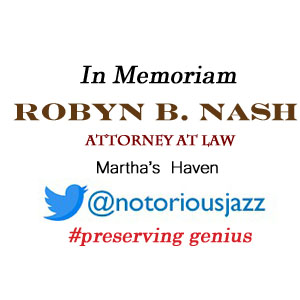
Daily Dose Of Jazz…
David Buckley Wilborn was born April 11, 1904 in Springfield, Ohio, on April 11, 1904. He started on piano at the age of 12 but switched to banjo soon after. He played with Cecil and Lloyd Scott in 1922, then joined William McKinney’s Synco Septet, which became the Cotton Pickers soon after. He sang and played banjo for the group until its dissolution in 1934, and when it reformed a short time later he remained in the group until 1937.
After 1937, Dave worked as a bandleader until 1950, after which he left full-time performance. When David Hutson formed the New McKinney’s Cotton Pickers, Wilborn also played in this ensemble. He sang and played on their albums New McKinney’s Cotton Pickers released in 1972 and their 1973 You’re Driving Me Crazy.
Banjoist and vocalist Dave Wilborn, who recorded with Louis Armstrong in 1928, transitioned during a performance in Detroit, Michigan on April 25, 1982.
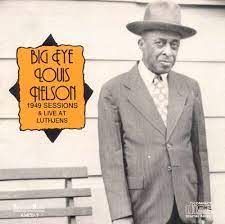
Daily Dose Of Jazz…
Big Eye Louis Nelson was born Louis Nelson Delisle on January 28, 1885 in New Orleans, Louisiana into a family who were Creoles of color. He spent most of his life in his hometown and studied clarinet with the elder Lorenzo Tio.
By the age of 15, Big Eye was working professionally in the music venues of Storyville, an area of brothels and clubs in New Orleans where Black musicians could find work. He developed a style of hot jazz, also known as Dixieland, and was an influence on clarinetists Johnny Dodds and Jimmie Noone.
In 1917, Nelson joined the reconstituted Original Creole Orchestra that included Freddie Keppard and Bill Johnson. Disbanded in Boston in the spring of that year, it was reassembled in New York City later in the fall. After a short while, he was replaced by Jimmie Noone. He was the regular clarinetist with the Jones & Collins Astoria Hot Eight but did not play on their 1929 recording sessions.
He made his only recordings in his later years in the 1940s, by which time he was often in poor health. Dixieland clarinetist Big Eye Louis Nelson, who also played double bass, banjo, and accordion, transitioned on August 20, 1949.
More Posts: accordion,bandleader,banjo,bass,clarinet,history,instrumental,jazz,music
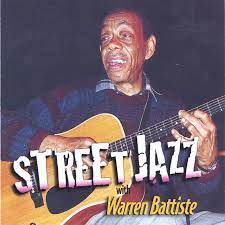
Daily Dose Of Jazz…
Warren Battiste was born on November 8, 1925 in New Orleans, Louisiana and was taught to play the guitar by his father, a banjoist at Preservation Hall. He took four years of instruction at Greenwald Music School in his hometown. Performing at a number of jazz clubs on Bourbon Street, he appeared in the film Shy People with Jill Clayburgh and Barbara Hershey.
As an educator Battiste taught music at Wequachie High School, Essex County College and the Newark Art Center in Newark, New Jersey. He has performed with George Benson, The Platters, The Inkspots, Frank Foster, Barry Harris, Woody Shaw and Illinois Jacquet, among others. Releasing his debut album Street Jazz in 2001, recorded his sophomore release Just Friends three years later and then his album Quiet Storm in 2007.
Guitarist Warren Battiste, who also plays bass, banjo and piano, has received the Lifetime Achievement Award in Jazz from the New Orleans Jazz and Heritage Festival, and was selected as a Jazz All Star in 2000 from New Orleans Magazine.
More Posts: bandleader,banjo,bass,guitar,history,instrumental,jazz,music,piano
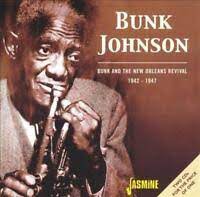
Daily Dose Of Jazz…
Lawrence Henry Marrero was born on October 24, 1900 in New Orleans, Louisiana, on October 24, 1900. He grew up in a musical family with three brothers who became musicians, bassist Eddie, banjoist John and Simon who played tuba and bass, and their bassist father Billy. He was taught music by his father, and by 1918 he became a professional player.
In 1919 he got his first regular job on banjo with Wooden Joe Nicholas’s Camelia Brass Band and from 1920 he joined on bass drum the Young Tuxedo Brass Band. Marrero was one of the musicians who took part in the first recordings made by Bunk Johnson In 1942, and continued playing and recording in the New Orleans jazz revival. He was featured on many recordings and was a regular member of the George Lewis band from the late 1930s until ill health caused him to quit full-time performance in 1954. He occasionally played with his own band after that.
Marrero was considered to be a steady player with a good tone, however, he never recorded as a leader and rarely did he take solos. Banjoist Lawrence Marrero, who altered the spelling of his name to Laurence, transitioned on June 6, 1959.
More Posts: banjo,history,instrumental,jazz,music
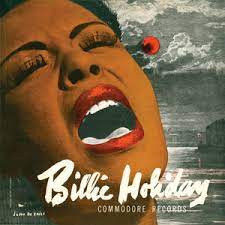
Daily Dose Of Jazz…
James Archibald McLin was born in Brooksville, Florida on June 26, 1908. He started on piano before picking up the banjo, then later the guitar. He played locally in Florida before relocating to New York City in 1928. He played both guitar and banjo in the early 1930s for James P. Johnson, Ward Pinkett, and Roy Eldridge.
Later in the decade he recorded with Willie “The Lion” Smith, Buster Bailey, Midge Williams, and Billie Holiday. In the early 1940s he worked with Sidney Bechet, Dave Nelson, and Claude Hopkins, then played trombone and mellophone in a military band while serving in the United States Navy during World War II. After his discharge he worked again with Hopkins and played guitar for The Ink Spots.
Banjoist and guitarist Jimmy McLin transitioned on December 15, 1983 in St. Petersburg, Florida.


